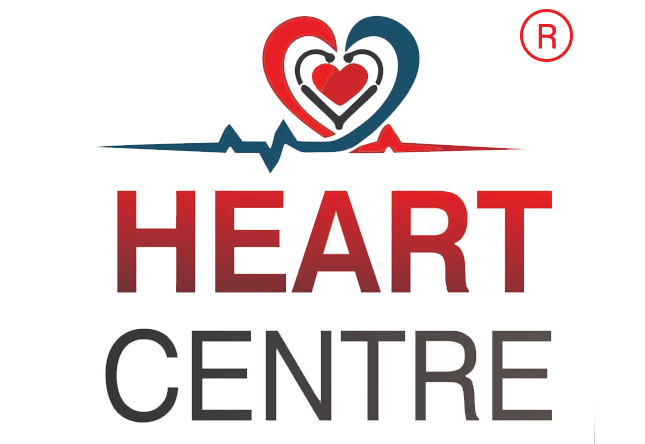Author Dr. PG Sarkar
Angioplasty is a life-saving procedure that is used to treat blocked or narrow arteries, which can lead to heart disease and heart attacks. Despite its importance, many people are unaware of the urgency of angioplasty and the role it plays in saving lives and preventing heart diseases.
Angioplasty is a minimally invasive procedure that uses a balloon catheter to open blocked or narrowed arteries, restoring blood flow to the heart. This procedure is often used to treat coronary artery disease, which is a leading cause of heart disease and heart attacks.
The urgency of angioplasty lies in its ability to prevent heart diseases and heart attacks. When the arteries become blocked or narrowed, it can restrict blood flow to the heart, causing damage to the heart muscle and increasing the risk of heart disease and heart attacks. Angioplasty can quickly restore blood flow to the heart, reducing the risk of heart disease and heart attacks and saving lives.
In addition, angioplasty is a relatively quick and simple procedure that can be performed in a short period of time. This allows patients to return to their normal activities soon after the procedure, reducing the need for long-term hospitalization and rehabilitation.
However, it is important for individuals to seek prompt treatment for heart disease and take steps to prevent the development of heart diseases. This includes adopting a healthy lifestyle, monitoring blood pressure levels, and quitting smoking.
In conclusion, the urgency of angioplasty cannot be overstated. By restoring blood flow to the heart and preventing heart diseases, angioplasty plays a critical role in saving lives and improving heart health. It is important for individuals to seek prompt treatment for heart disease and take steps to prevent its development to maintain a healthy heart and a healthy life.




